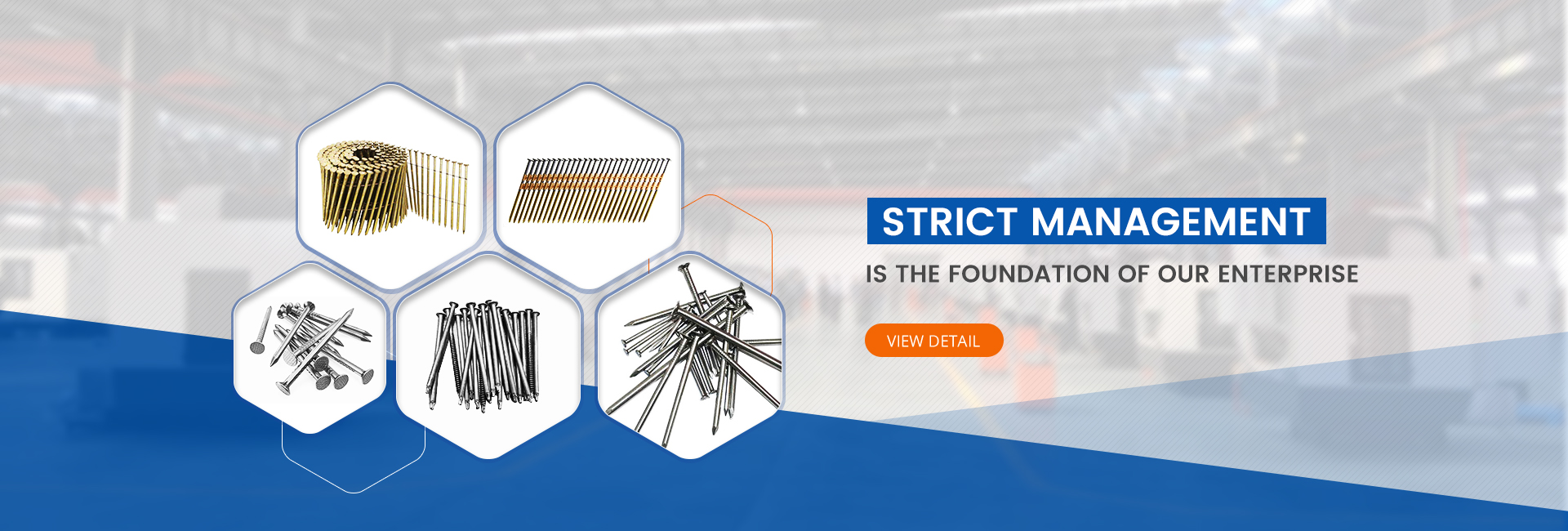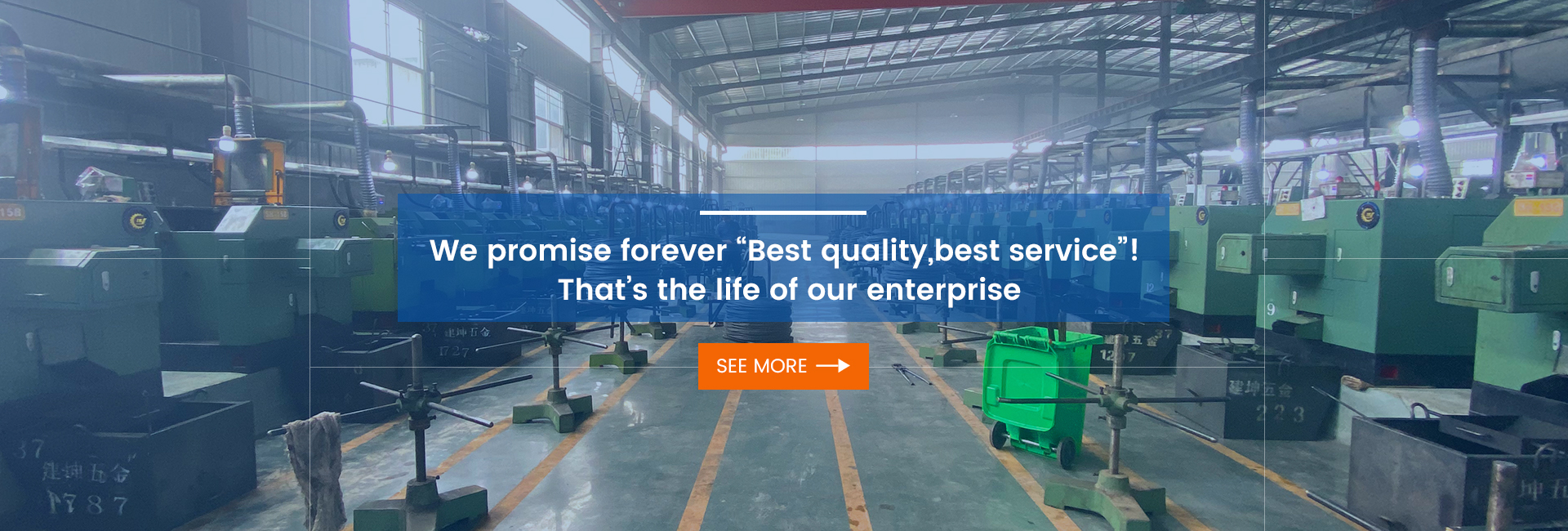Concrete nailers have revolutionized the construction industry, providing a fast, efficient, and safe method for fastening materials to masonry surfaces. Whether you’re a professional contractor or a DIY enthusiast, understanding the ins and outs of concrete nailers is essential for achieving optimal results. In this comprehensive guide, we’ll delve into the world of concrete nailers for masonry, covering everything from choosing the right tool to driving nails with precision.
Types of Concrete Nailers
Concrete nailers come in two main varieties: pneumatic and cordless. Pneumatic nailers are powered by compressed air, while cordless nailers rely on batteries. Pneumatic nailers are generally more powerful and can drive longer nails, but they require an air compressor, which can be bulky and inconvenient. Cordless nailers offer portability and convenience, but they may not be as powerful and may have a limited nail capacity.
Selecting the Right Nails
The type of nails you use with your concrete nailer is crucial for ensuring proper performance and safety. Concrete nailers typically use hardened steel nails designed to penetrate tough masonry materials. The length and diameter of the nails you choose will depend on the application. For instance, shorter nails are suitable for attaching lath or furring strips, while longer nails are needed for heavier materials like plywood or siding.
Driving Concrete Nails with Precision
When driving concrete nails, it’s essential to use proper technique to prevent damage to the nailer, the material being fastened, and yourself. Always wear safety glasses and gloves to protect your eyes and hands from flying debris. Hold the nailer perpendicular to the work surface and ensure the nail is properly aligned with the desired fastening point. Apply firm, controlled pressure to the trigger to drive the nail into the masonry.
Safety Precautions
Concrete nailers are powerful tools that can cause serious injury if not used properly. Always follow the manufacturer’s safety instructions carefully. Before each use, inspect the nailer for any damage or defects. Use only the recommended nails and fasteners for your specific nailer model. Never point the nailer at yourself or others. When working overhead, wear a hard hat to protect yourself from falling objects.
Conclusion
Concrete nailers have become indispensable tools for masonry construction. By understanding the different types of nailers, selecting the right nails, using proper driving techniques, and adhering to safety precautions, you can ensure that your concrete nailer projects are completed efficiently, safely, and to the highest standards.
Post time: Jul-04-2024



